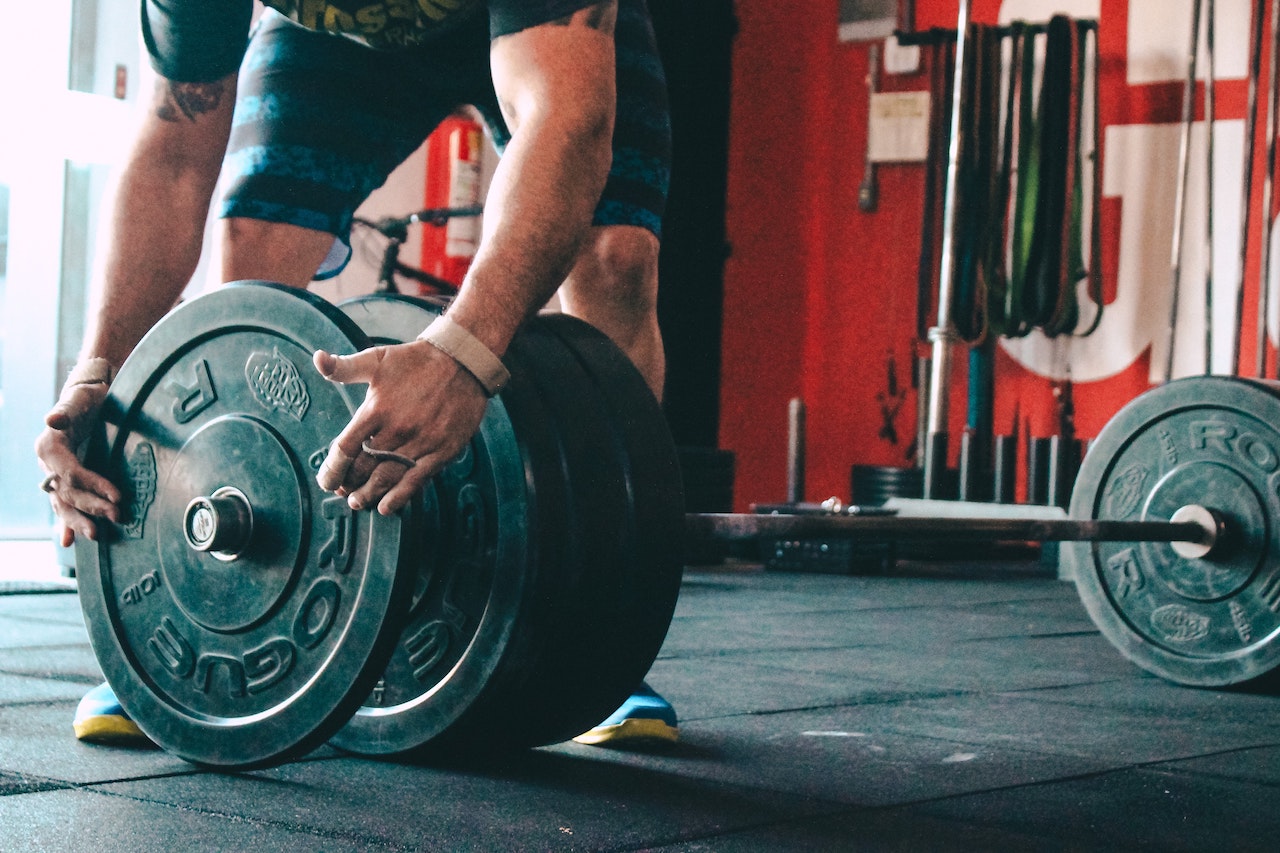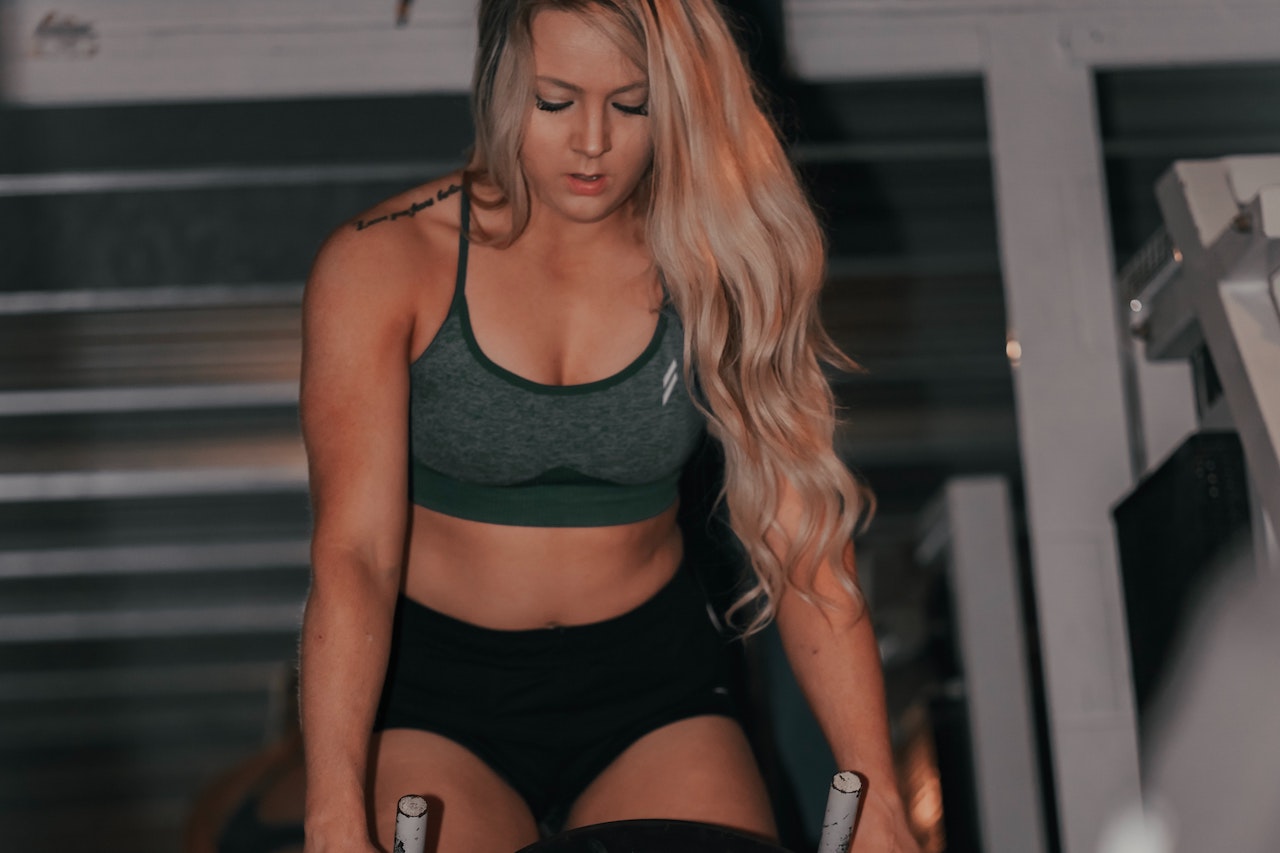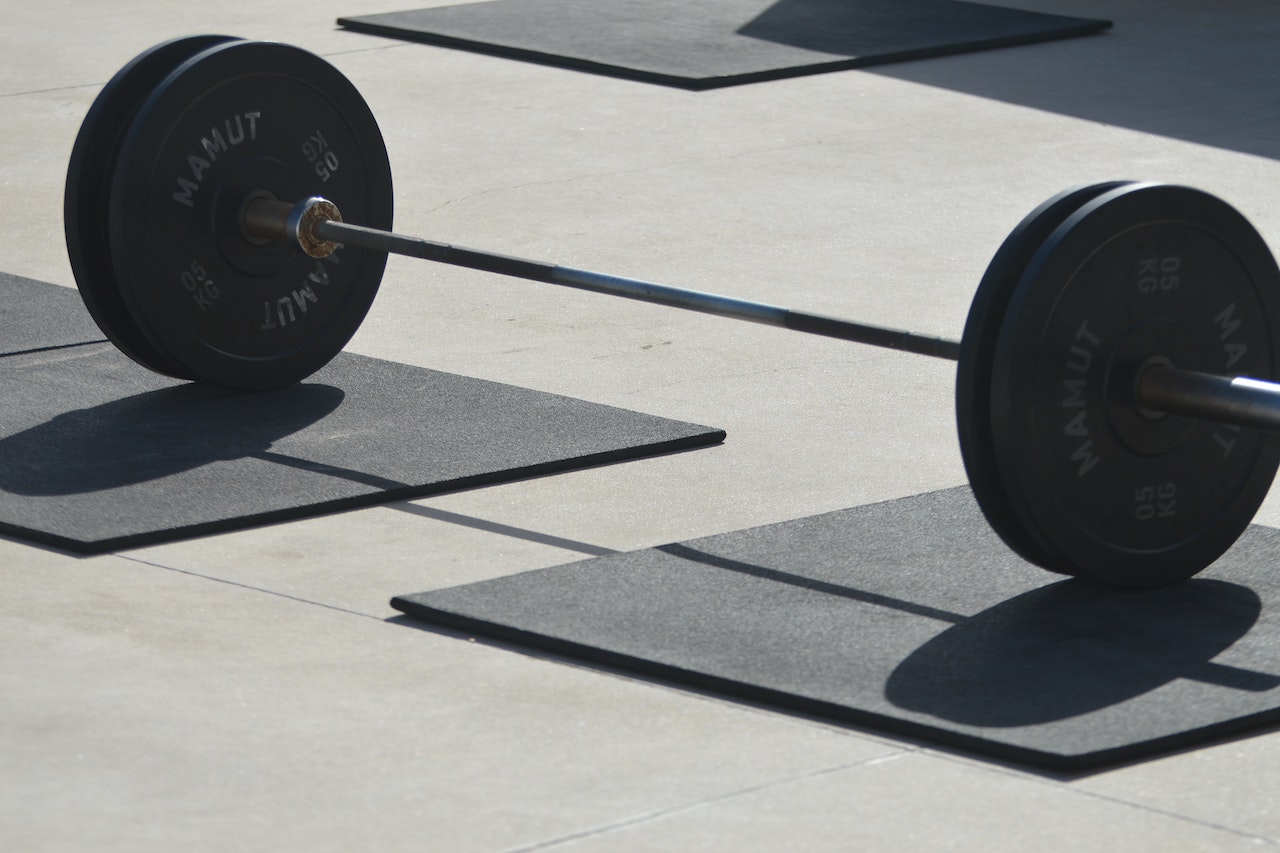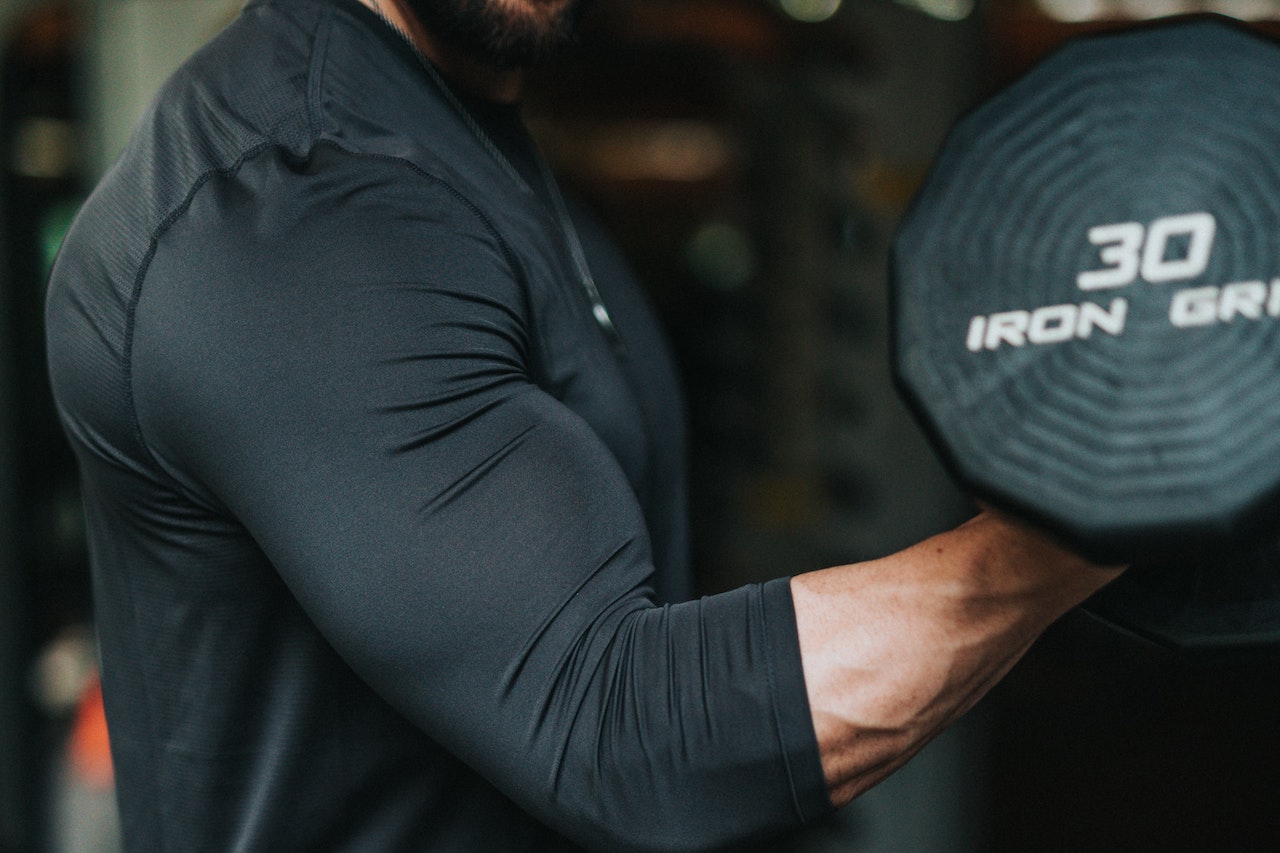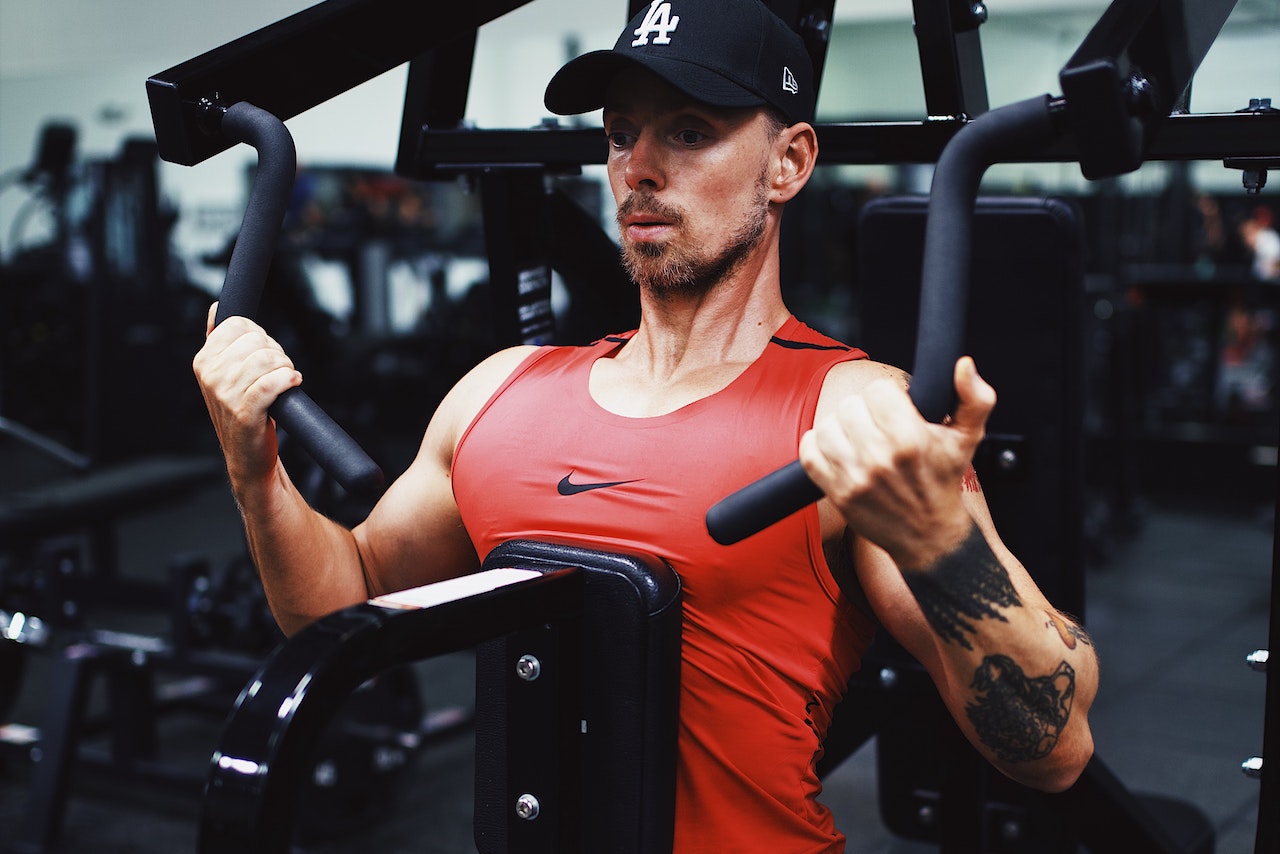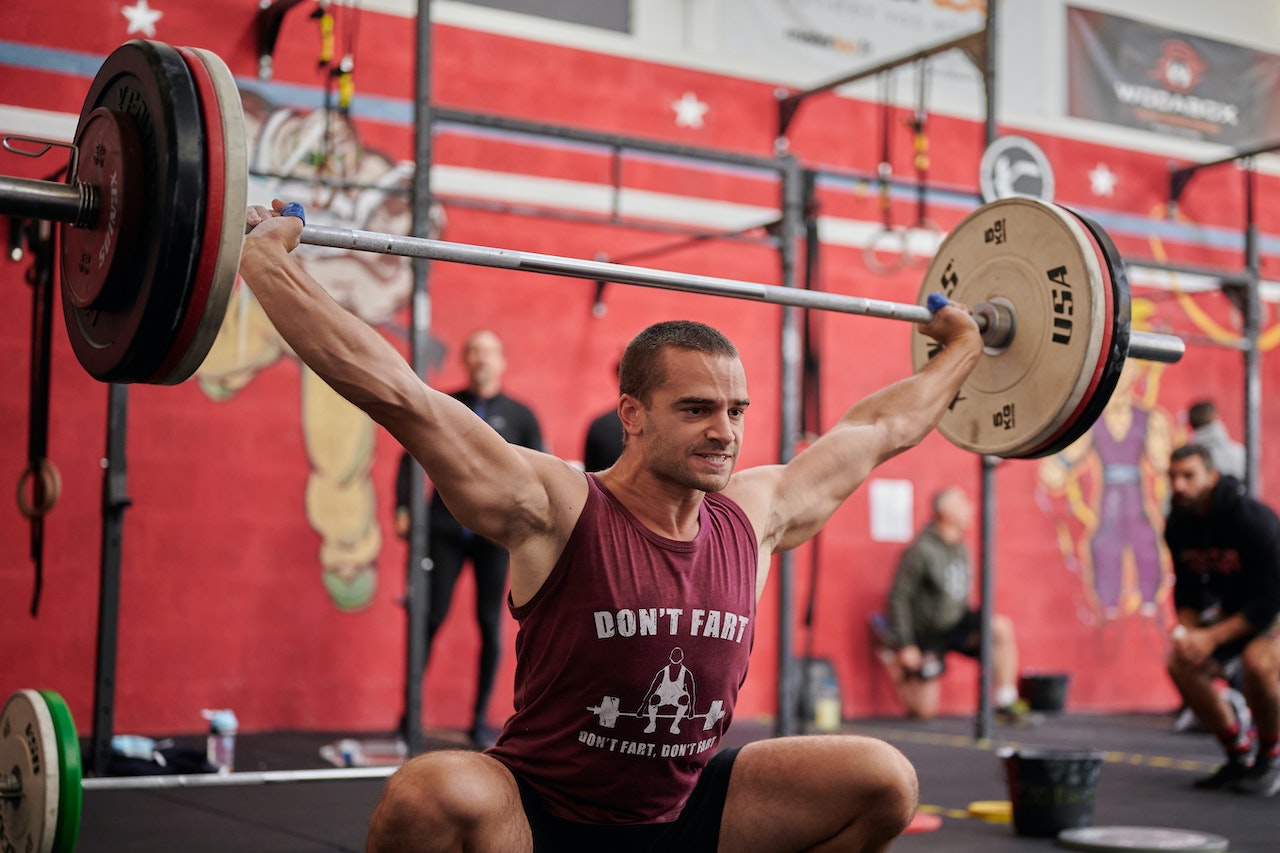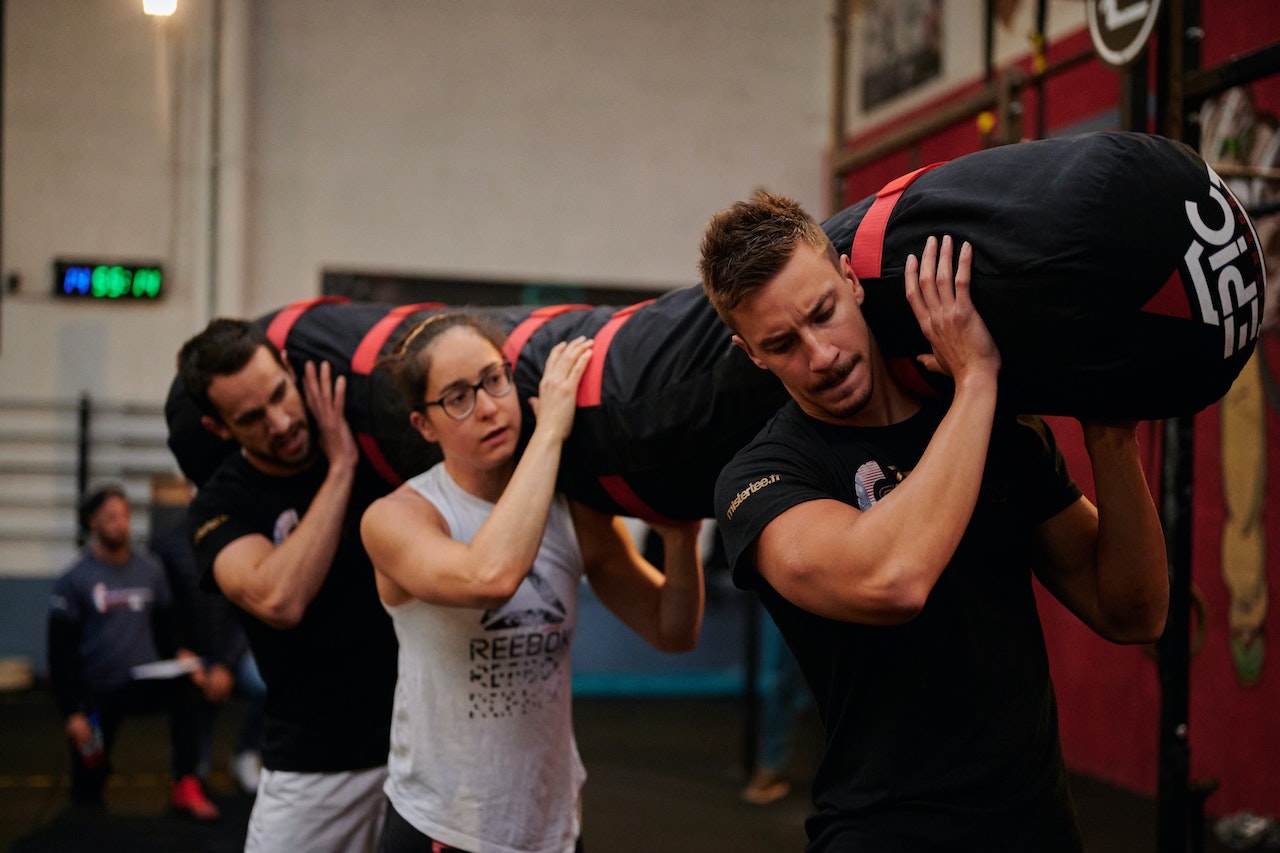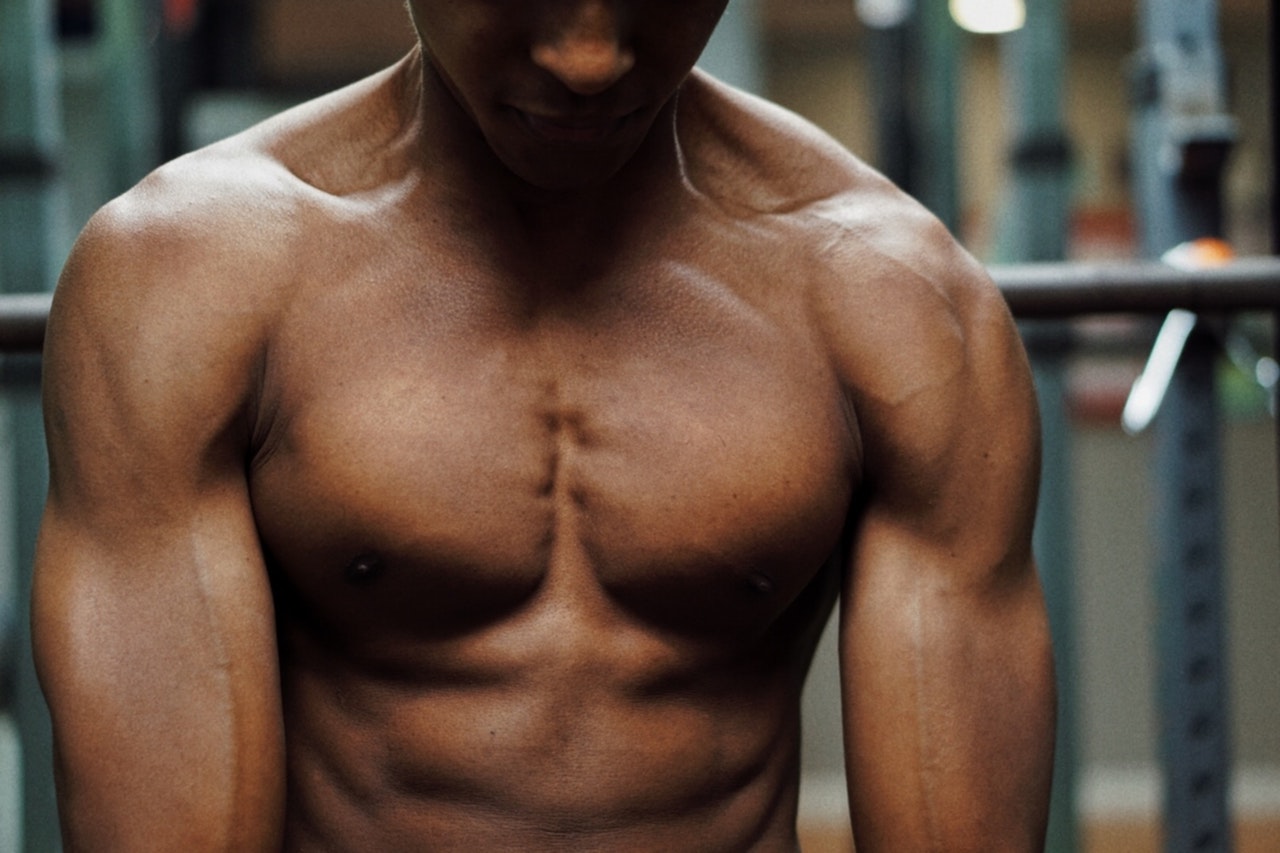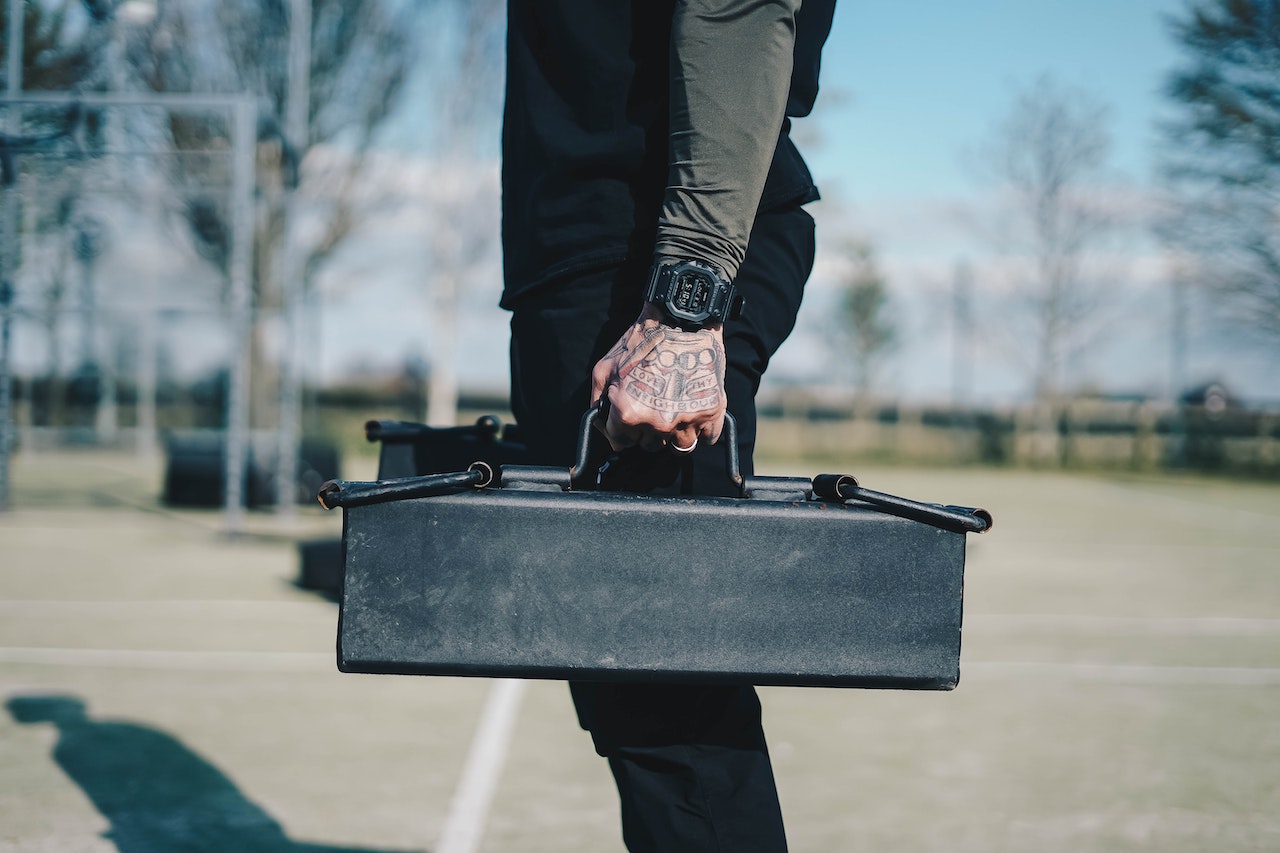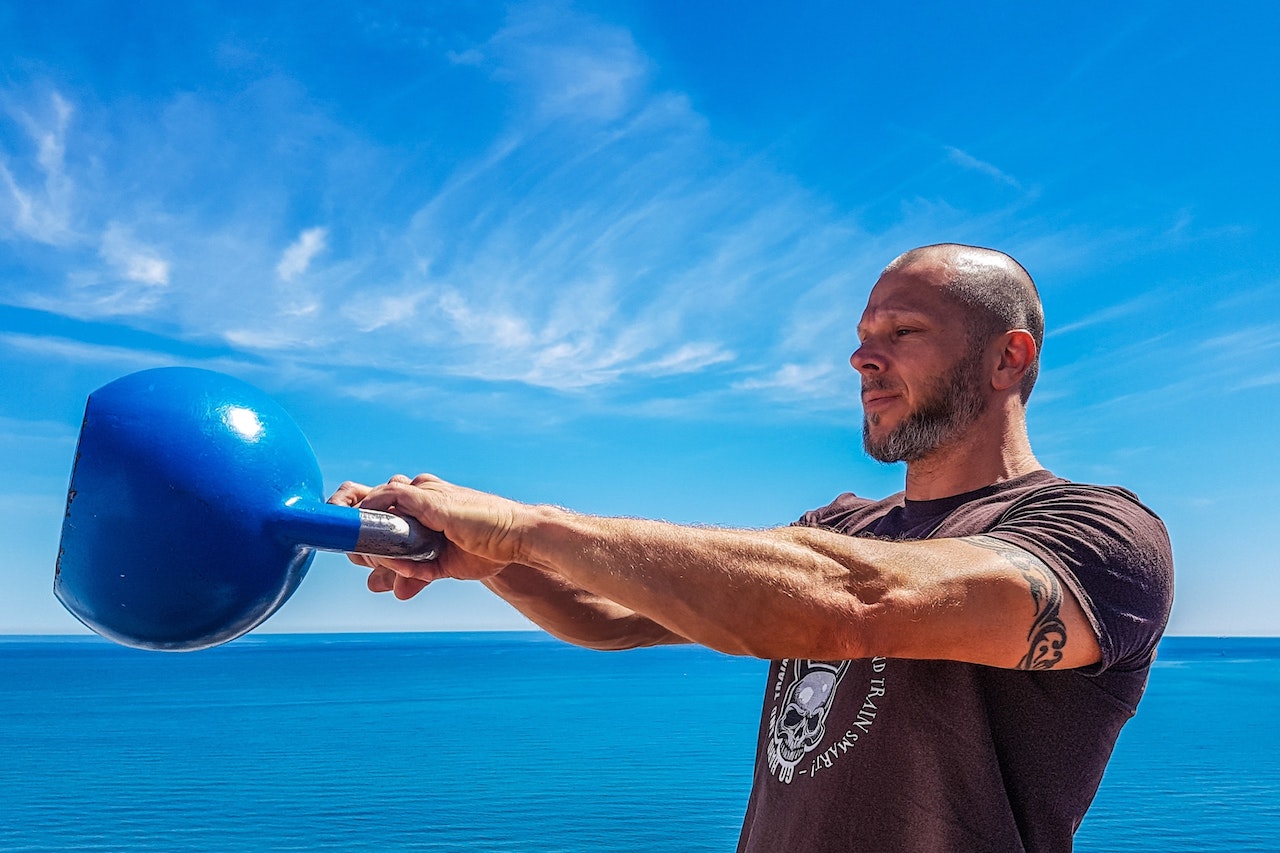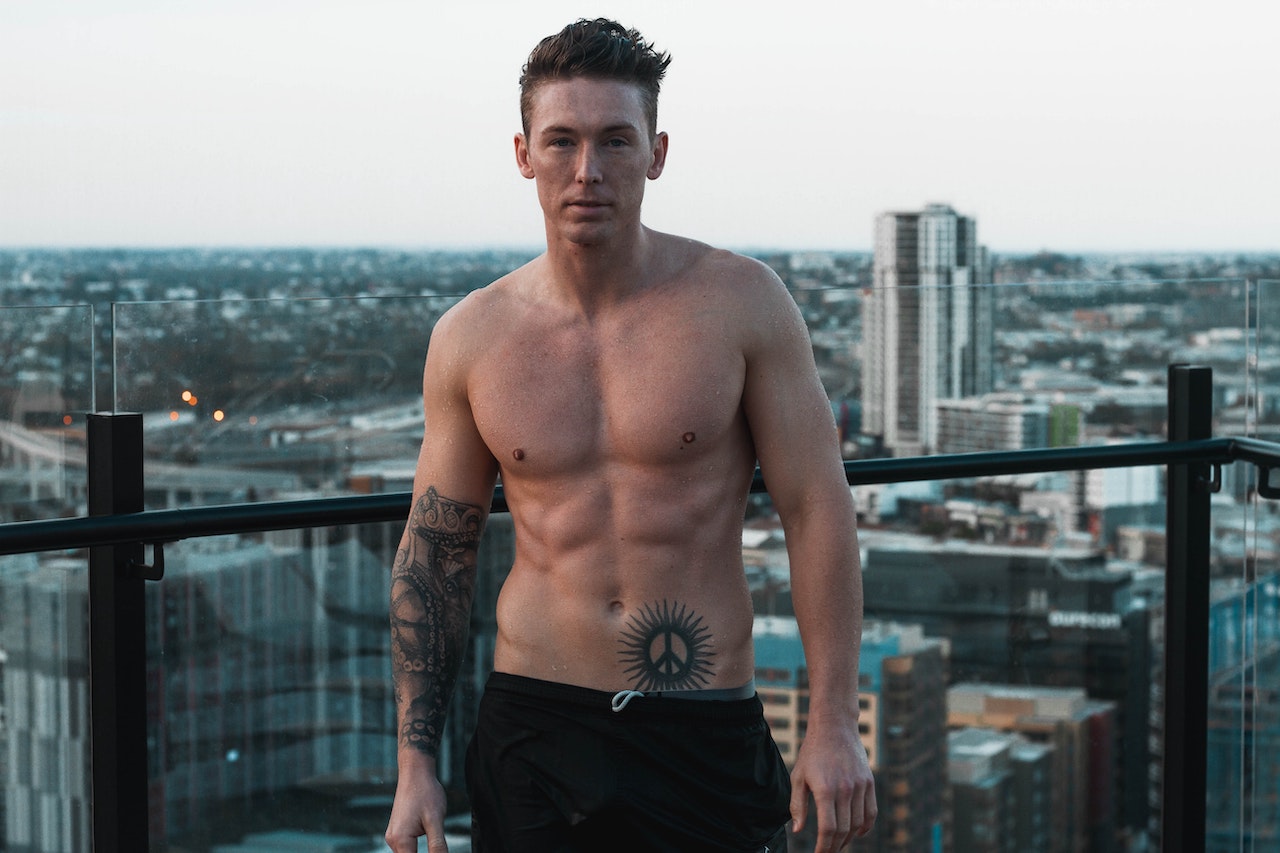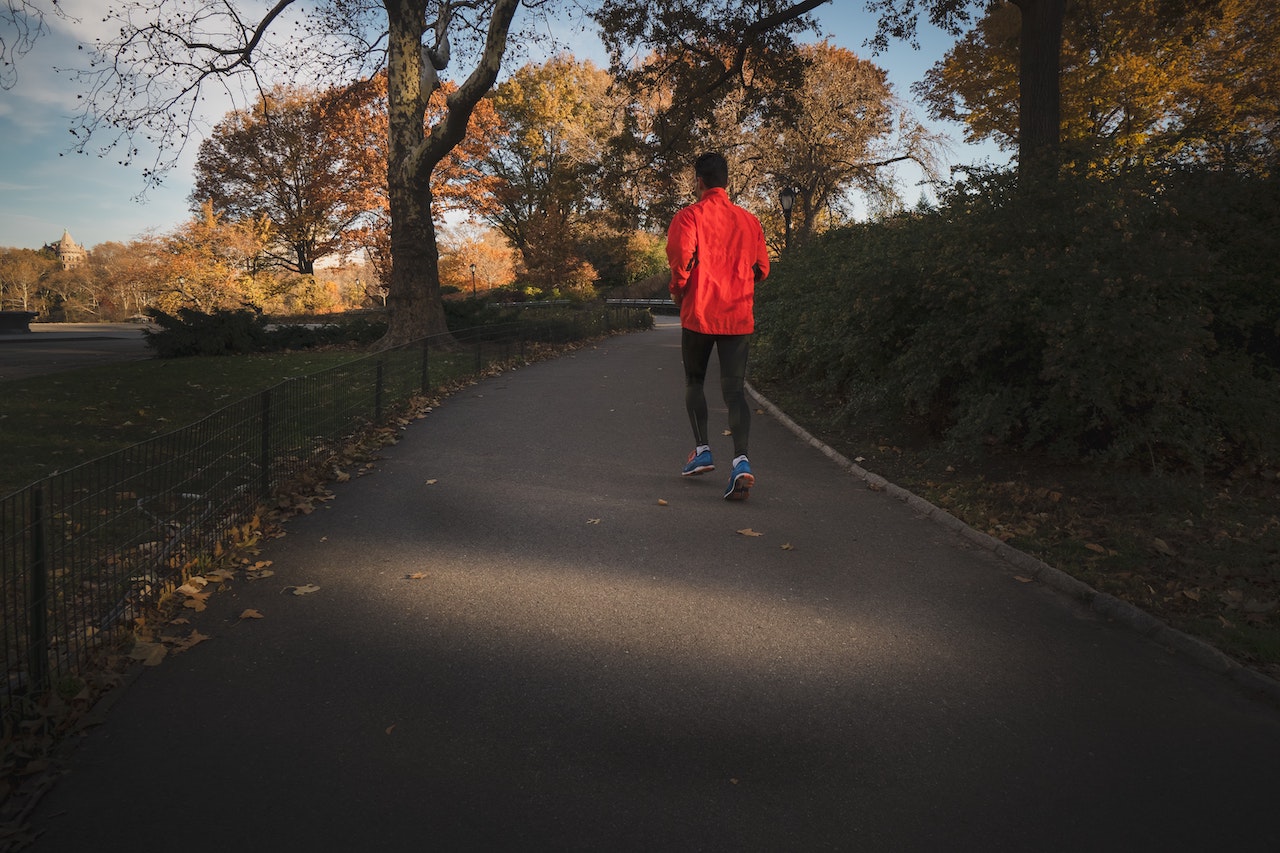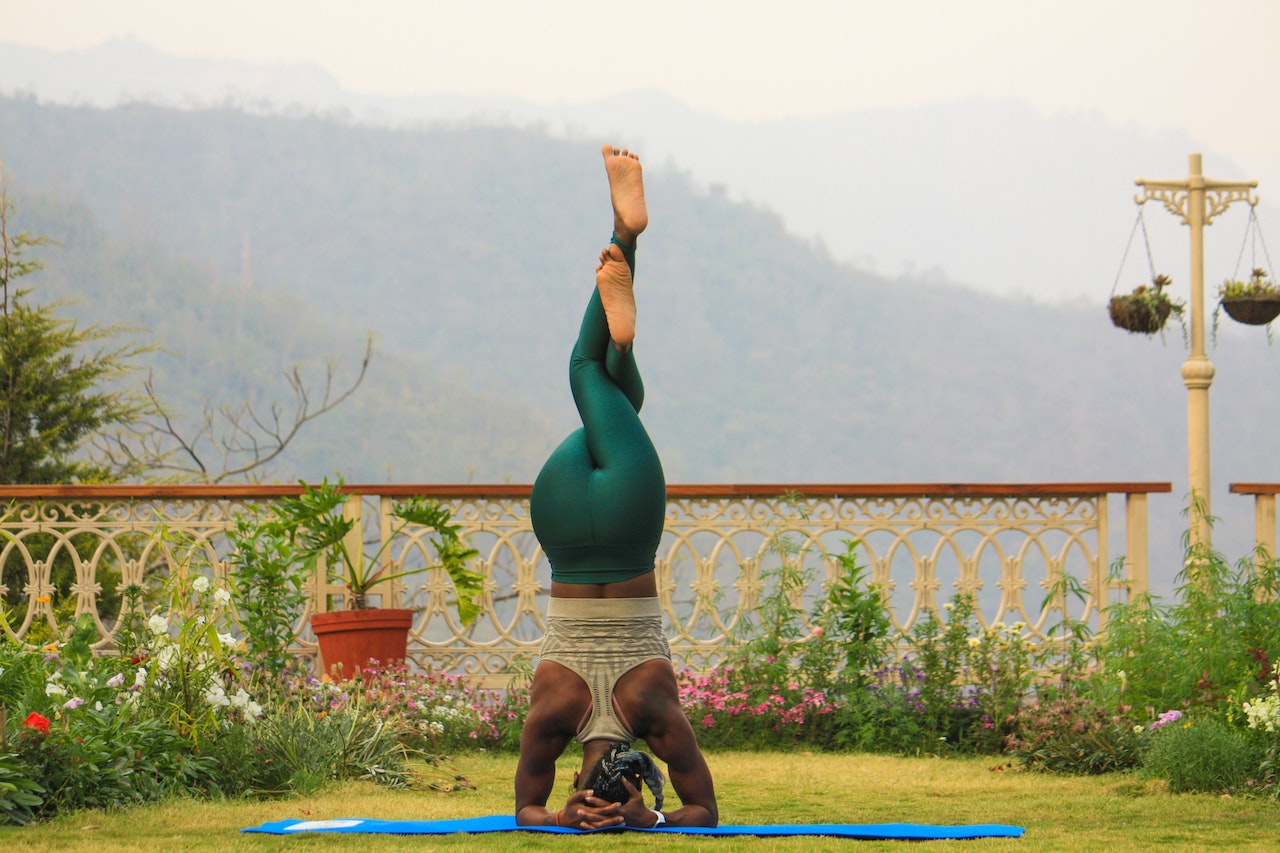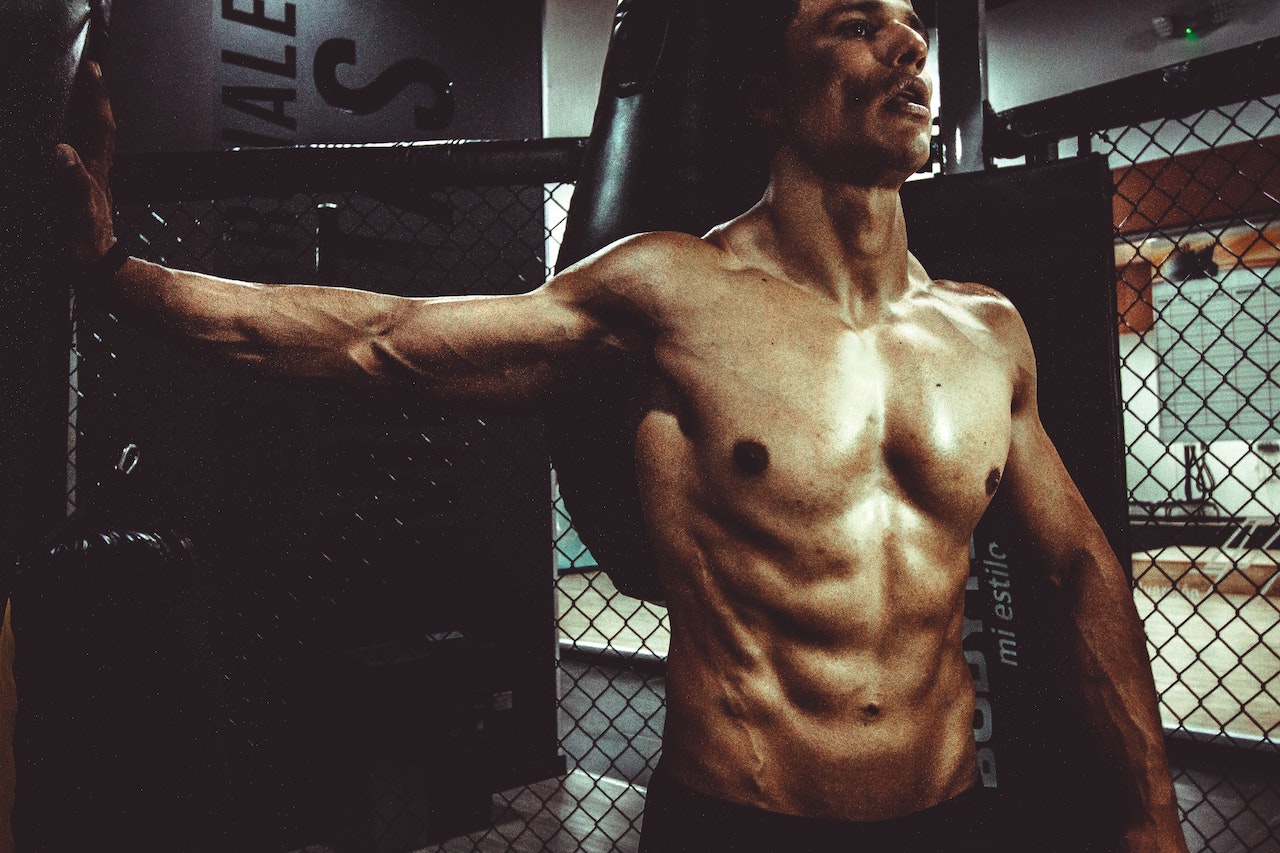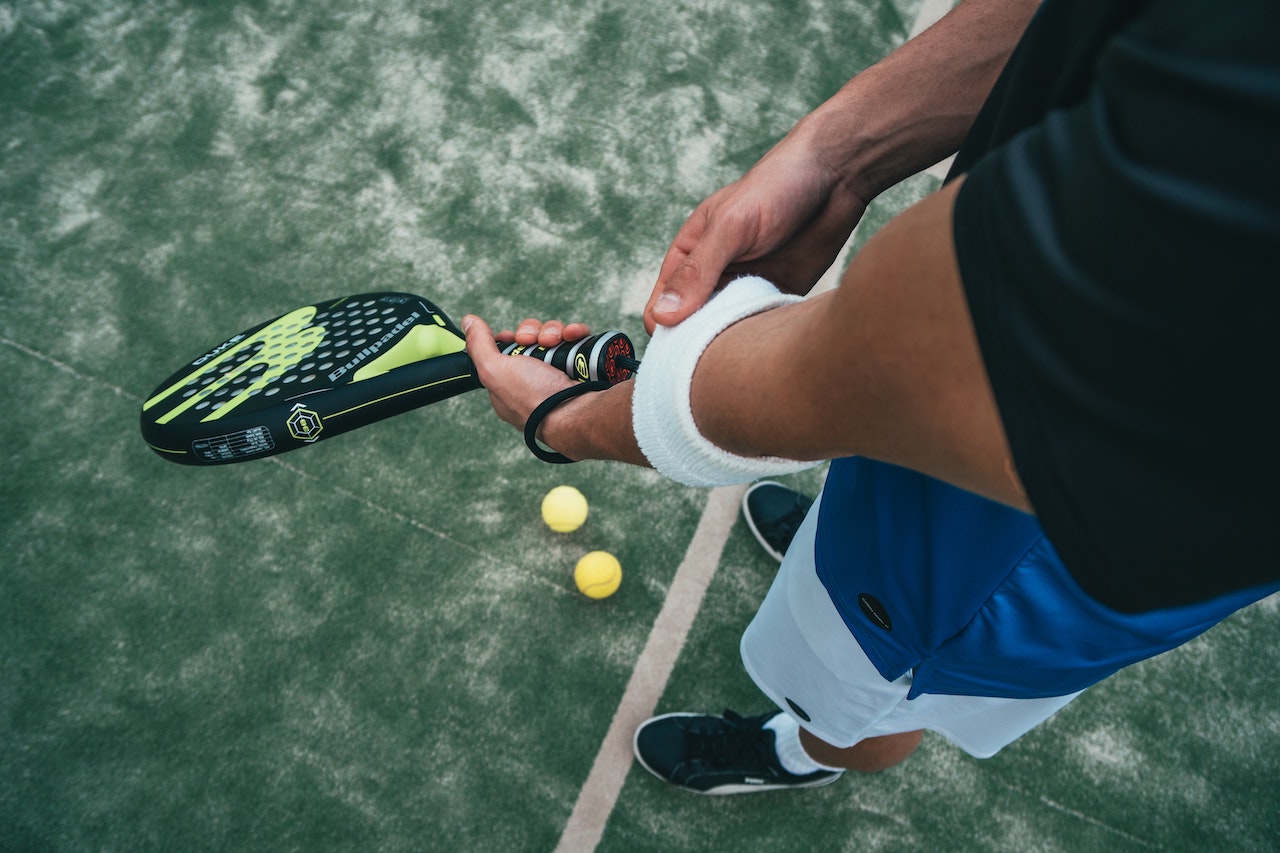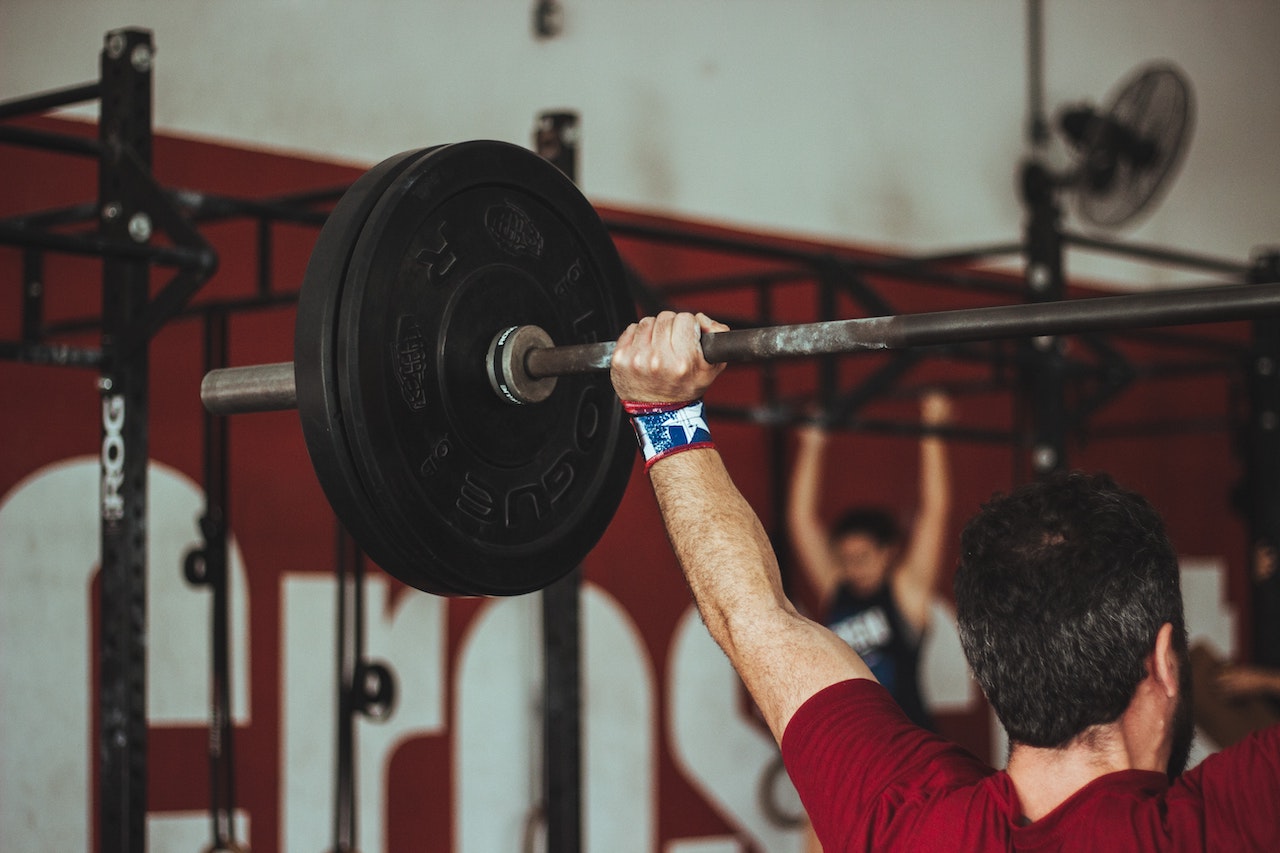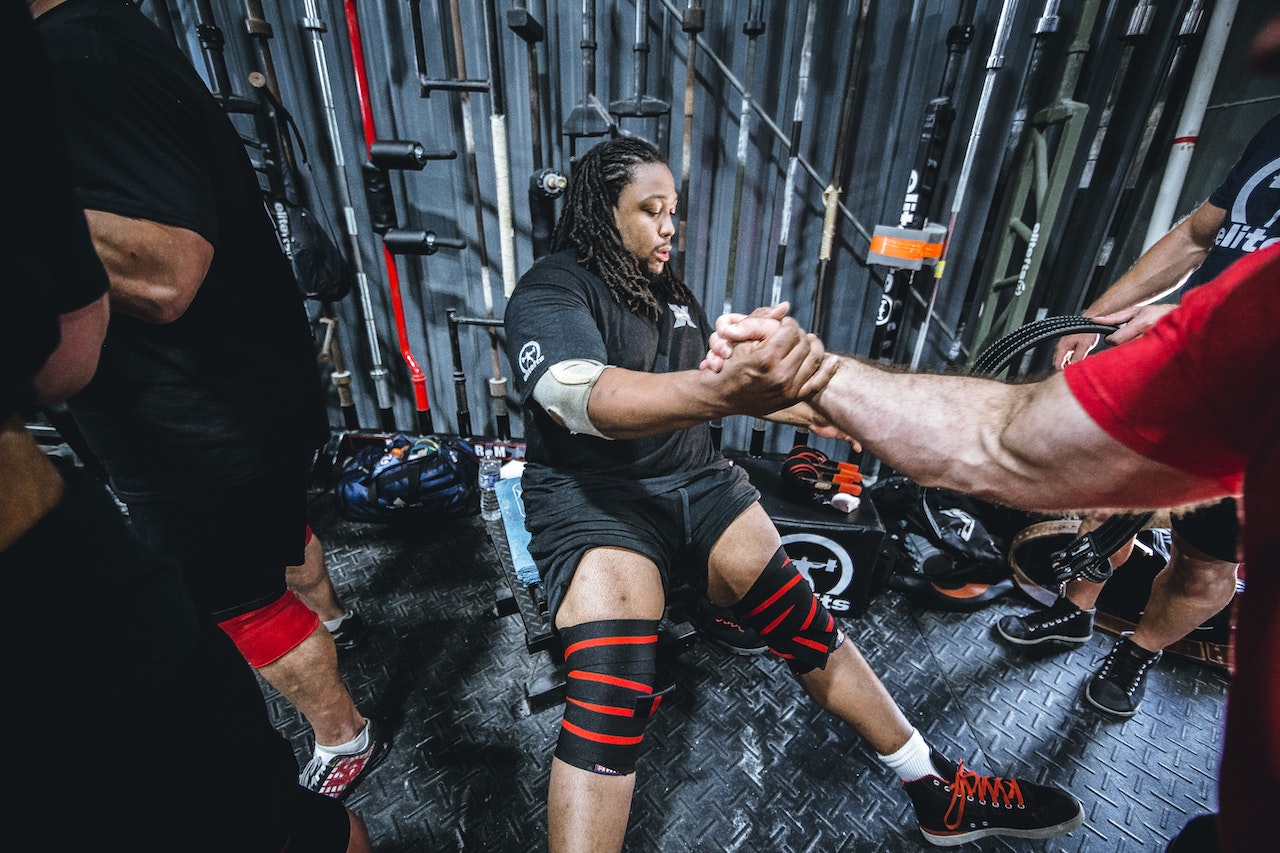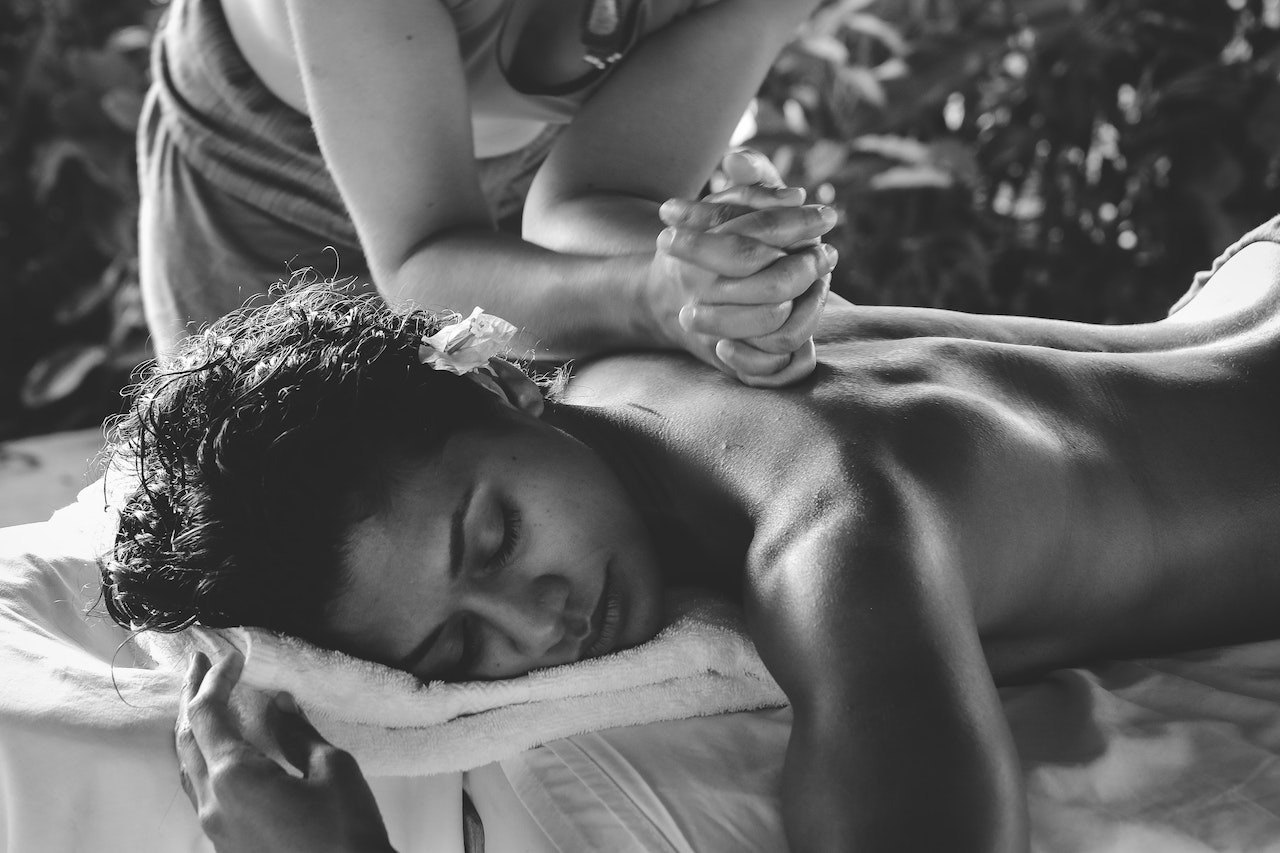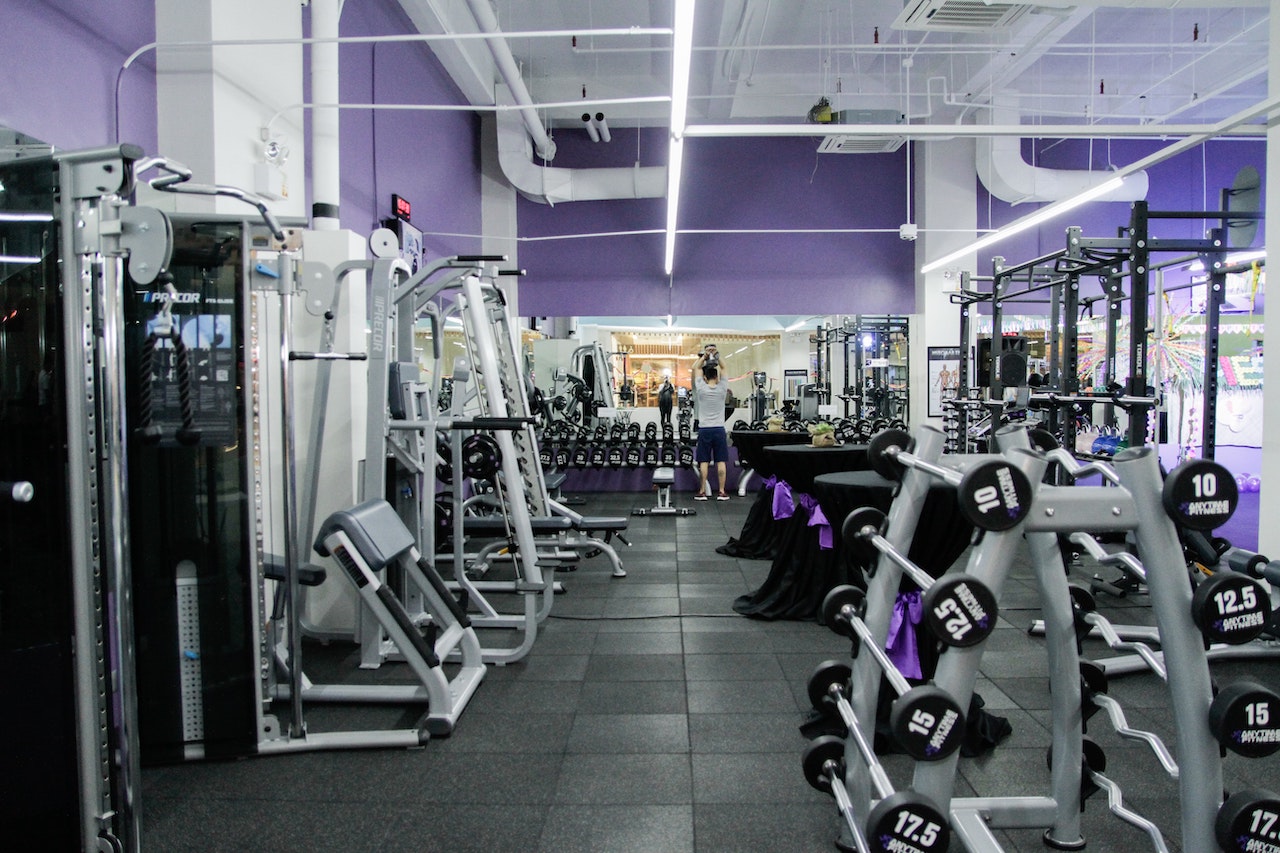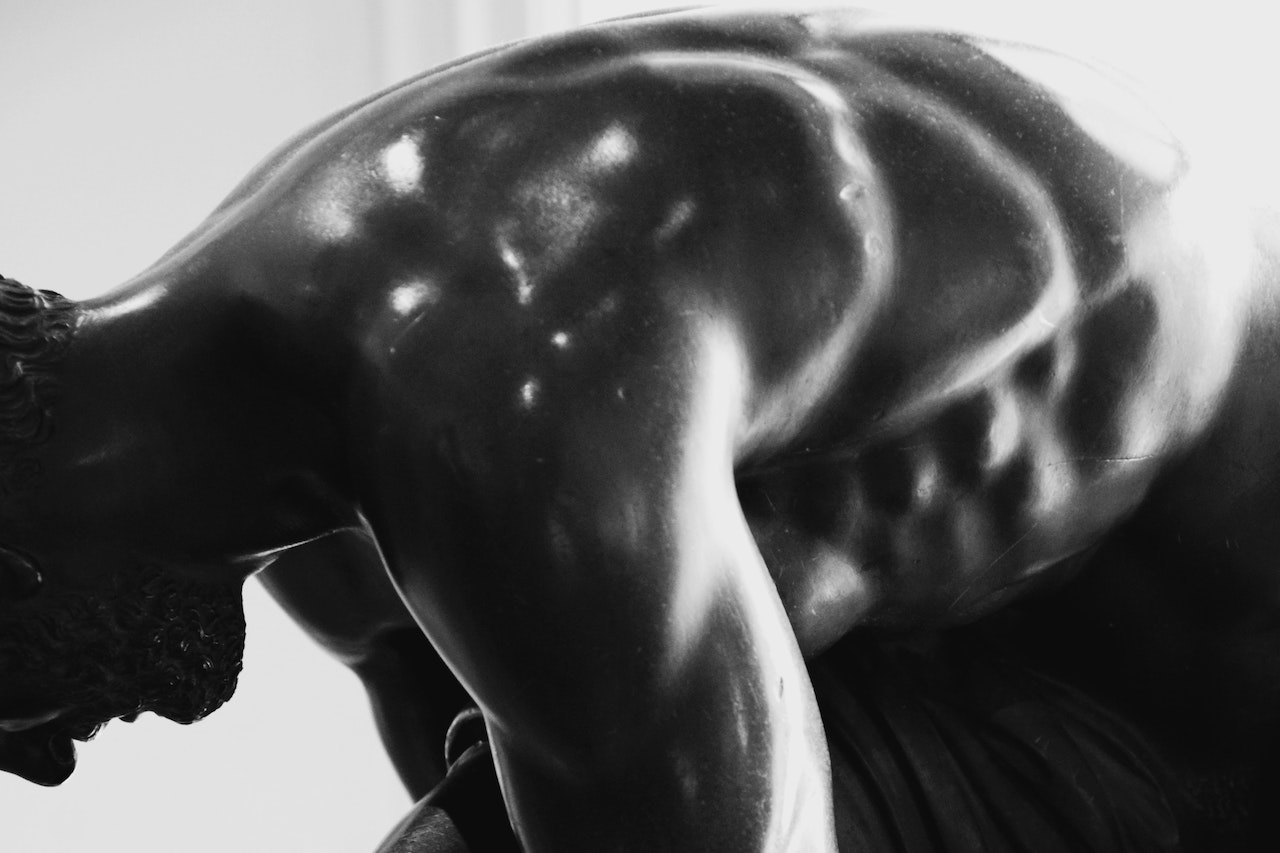We explain whether weightlifting shoes will help you lift weights and point out when you should 'never' wear them.
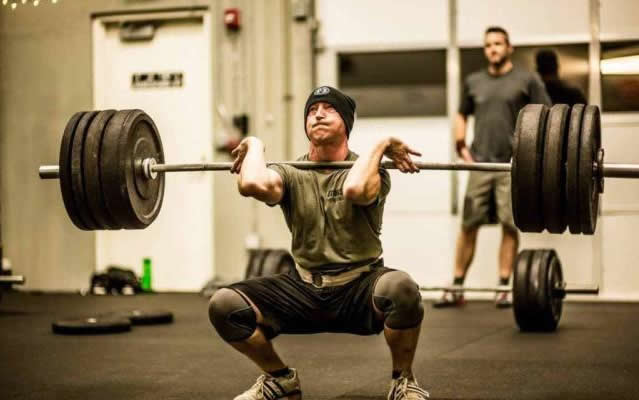
If you've ever taken a crossfit class or trained in a gym that specialises in weightlifting, you've probably seen weightlifting shoes. They are often called oly shoes and to the uninitiated, they look like weird, thick-soled, peep-toe trainers. In fact, they are anything but a fad shoe: Many great lifters are convinced of the solid base and stability they provide.
However, those who are new to the sport are often unsure whether they need to buy a pair. Here, we tell you if you really need to wear them and why.
Do we really need weightlifting shoes?
Experts agree that if you're not doing it to significantly improve your weightlifting performance, then you probably don't need these shoes. However, if you train regularly with weights and want to get better, after you have learned the correct lifting technique and movements, then it's time to go for a pair. Once you have committed to the sport and are training consistently, a good pair of weightlifting shoes will be the most important piece of equipment you need to improve your performance.
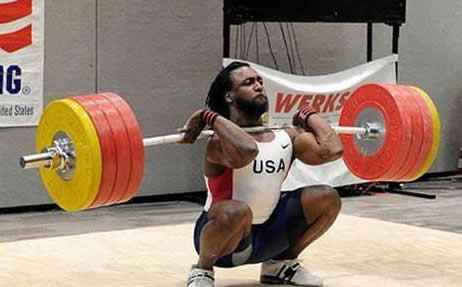
They are helpful to any degree, no matter how light or heavy the weights you lift. It is a common misconception that athletes need to reach a certain level, or lift a certain amount of weight, before they can wear weightlifting shoes. This is not the fundamental reason for using weightlifting shoes.
What exactly do weightlifting shoes help us do?
They won't suddenly turn you into a professional athlete, but weightlifting shoes have a lifted heel, which will increase the range of motion of the ankle, or the ability to stretch the achilles tendon. So if you are struggling to complete deeper squats, they can help you reach deeper depths. In all olympic events, they also allow for hip flexion and extension. This means that they can help you with all the movements you need to complete powerful lifts such as squats over the bar and snatches.
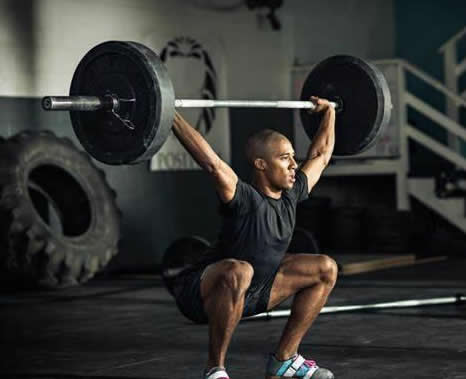
Weightlifting shoes can also help you lift more weight, and if you're wondering how it works, it's simple - they give you such a strong and stable surface that allows you to generate more energy during the overhead press.
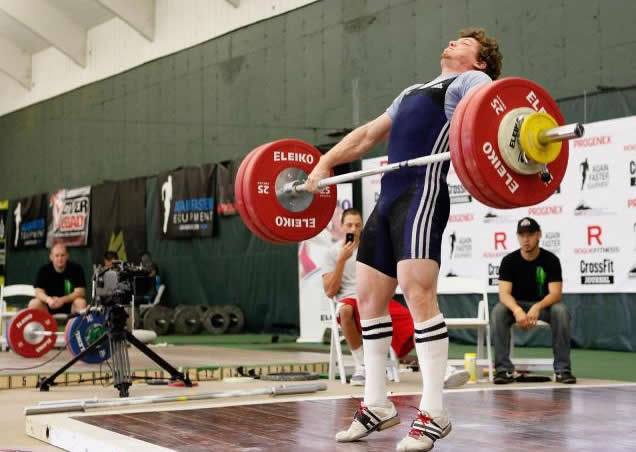
Any sports shoes with shock absorbing pads, such as running shoes, allow your feet to sink into the shock absorbing pads, which means that these absorb some of the force generated when your legs push out during the overhead lift, so shock absorbing sports shoes will reduce the force of your upward push or overhead lift, unlike sturdy weightlifting shoes.
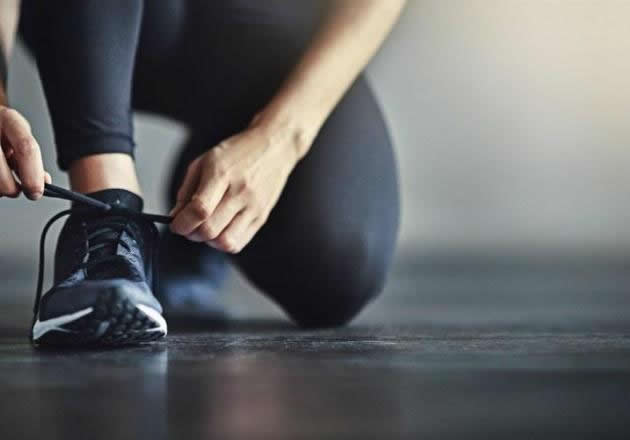
Training that should not be done in weightlifting shoes
Weightlifting shoes are only suitable for weightlifting type training. This means that they may help you if you are doing front or back squats, bar flips and snatches, jerks, or overhead squats, etc., whether you are doing heavy weights or light weights.
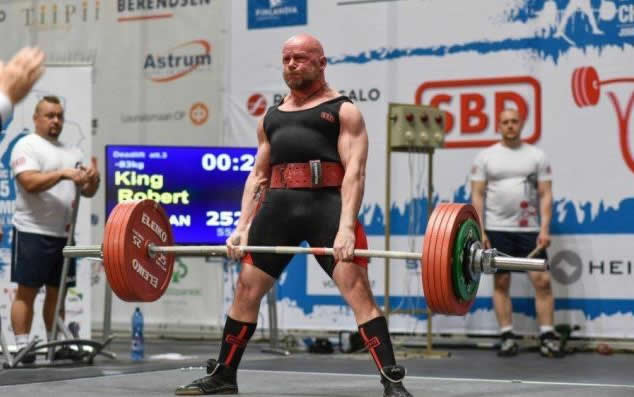
Weightlifting shoes are not used in hard pulls. Why? The shoes raise your heels, which means that when you lift the barbell off the ground, you have to pull the barbell further out, which makes it harder to pick it up off the ground. Weightlifting shoes can also move your weight forward, making it more difficult to get into the correct position to complete the movement. Of course, there are exceptions: Some people deliberately train in this way to help them get stronger for hard pulling competitions, but this should only be done under the guidance of a coach.
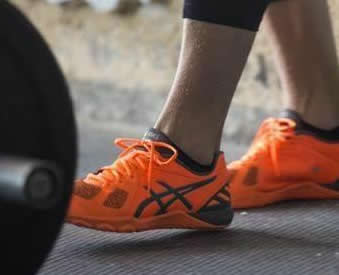
Other than that, if you are doing a workout that includes both weightlifting and other activities (such as box-jumping or running), try the crossover shoes commonly used in crossfit. Also remember not to wear your weightlifting shoes home, or when you use them in your daily life, as this does no good and they will wear out quickly.
How to choose a pair of weightlifting shoes
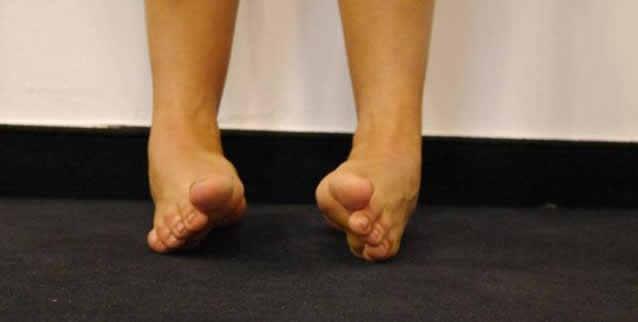
The best way to find out which weightlifting shoes are best for you is to keep trying them on. None of us can find the perfect shoe like cinderella, it's unlikely that when you try on your first pair of oly shoes they will magically fit, but that's not usually the case. There are so many different kinds nowadays that there's no real way to tell which is the best. They are made up of different materials, different heights and different weights.
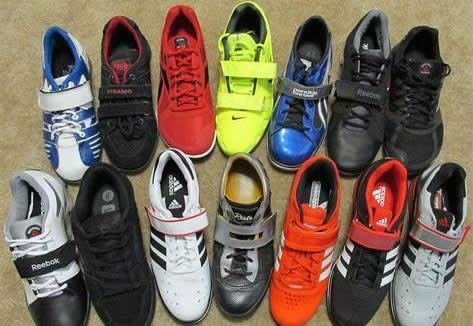
Before making a decision, go to a shop and try on a few different styles - like sports brands have a good selection. Try them on for some weightlifting-type movements to get a feel for the power and you will find the right pair.

